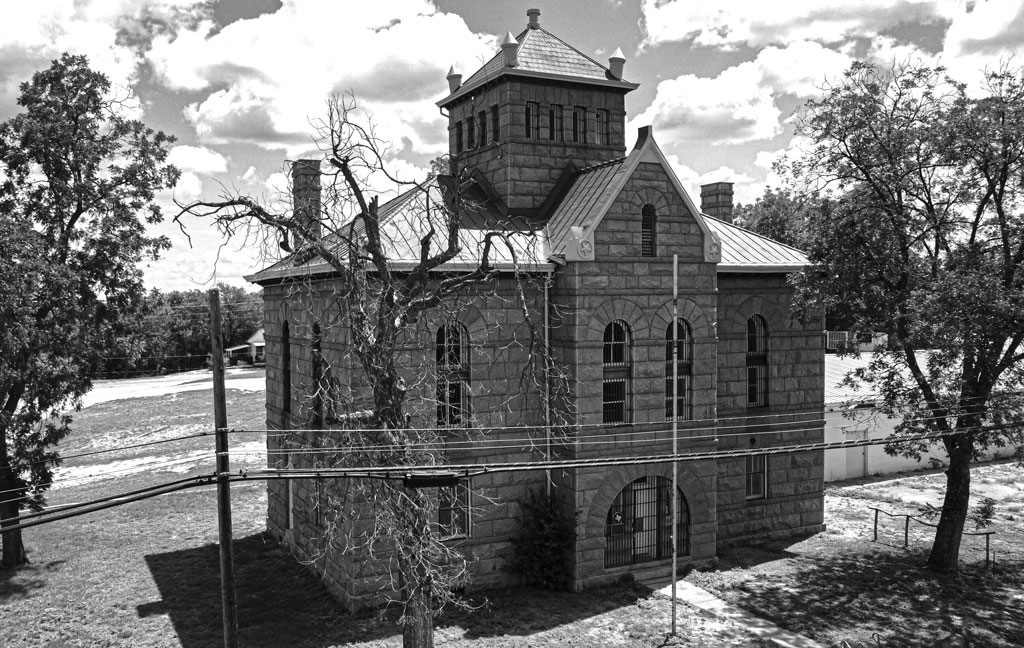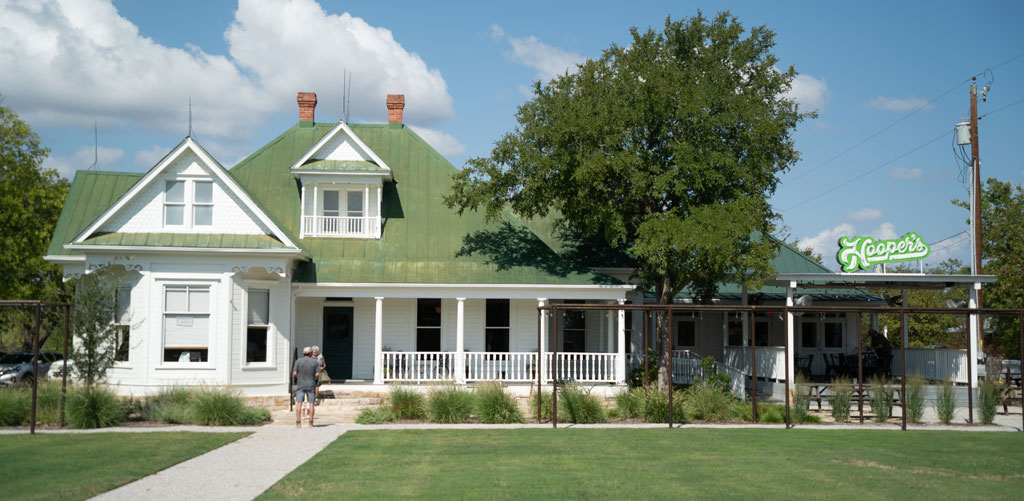
NULL
MARBLE FALLS — ’Tis the season for frights, and one of our favorites is a good scary story. The timing is perfect to gather everyone around the camp fire, get in close on the hayride or hunker down on the living room floor for a tale of terror.
Pulling off a scary story, however, can be challenging. So we’ve prepared a few tips to help.
1. Get a story
This sounds obvious, but don’t wait until you have everyone gathered around you and then try to tell a story off the top of your head. You need to prepare. If you’re up to crafting your own, that’s great, but if you’re not, you have a ton of resources from which to pull. Go ahead and pick up a few scary storybooks or just tell one you remember from when you were a kid. Then change it up to make it your own.
2. Make it real
OK, it’s not a real story, but you should definitely add elements of reality to it. This can be the locality (set a story that happened in another place in your hometown), the people (add a few people you know in there), an event (a local festival or something that happened that might have “triggered” the story) or a local legend.
Local legends are great jumping-off points for stories. Take, for instance, the wailing woman of Enchanted Rock. If you’re telling the story in your backyard, just make her the wailing woman of your town.
3. Use suspense, not gore
While slasher films use plenty of gore, it doesn’t work in ghost stories told over the campfire or by lamplight. In fact, it really doesn’t work much in many stories. Use suspense instead. Build a bit of tension in the story by adding a “ticking clock” or an impending incident. Give clues to the listeners that something’s about to happen but just enough to tease them with tension without giving anything away.
One of the most suspenseful movies ever was “Jaws” because Steven Spielberg never shows us the “monster” until well into the movie. Instead, he used suspense, tension and intrigue to ignite our imaginations.
And people’s imaginations can conjure up scarier things than we can probably describe to them. It’s the unknown that often makes our imagination run wild.
So use people’s imaginations against them.
4. Don’t just tell it; act it out
While you can sit down and tell a story, by adding a physical movements and manifestations, you can enhance the impact. So move a bit and act things out.
When you are coming to a suspenseful part of the story, move in closer to your listeners, lower your voice a bit, take a few quick looks around the area as if you’re expecting something to jump out at you.
If you’ve ever been enthralled by a presenter, lecturer, storyteller or comedian, you’ll notice they don’t just talk, they often act things out. They use their body to help tell the story.
5. Rehearse
After you’ve picked a story, don’t just rush out to tell it. Go over it a few times and rehearse it. You don’t have to memorize a story if you’re using one from a book or other resource because that will come across, well, memorized. Familiarize yourself with the story enough so you know it. Then tell if with your voice.
But practice it several times so you feel confident when telling it to others.
6. Start with a warning
While you can always just jump into the story, sometimes it’s good to start off with a little hesitation and warning. As you start, say something like, “I’m not sure if I should be telling you about this, but ….”
7. Use sound effects
Before TV came on the scene, the radio served as a major form of entertainment and not just for music. Radio presented dramatic performances as well. And they did it all with their voices and sound.
One tool at those early entertainers’ disposal was sound effects: the slamming of a door, heavy footfalls, a low growl. So take a cue from this era of radio and incorporate sound effects into your storytelling. You may not be able to have a squeaking door handy, but you can imitate one yourself.
You can also pick up some good inspiration by listening to classic radio dramas and even scary stories. If you don’t think it was effective, consider the impact Orson Welles’ “War of the Worlds” had when it first aired.
A good place to get examples of on-air storytelling is The Moth (themoth.org), which features great storytelling. It doesn’t particularly have ghost stories, but you can pick up some good lessons by listening.
Your own voice also acts as a sound effect. Your inflections, tone and volume bring people into the story much better than reciting it from rote memory.
8. Set the atmosphere
There’s a reason we love to tell ghost stories around a campfire: It helps set the atmosphere. While we can’t all build a campfire, you can set things up to give off some creepy vibes.
If you’re in your living room, turn down the lights. Maybe have one low light that cast shadows across the room. A flickering candle adds to the ambience.
In the backyard, use a lantern and maybe set up your jack-o-lantern nearby.
9. Enlist an accomplice
You can add another element to your storytelling by enlisting a supporting cast. This doesn’t need to be an elaborate production. It could be one person who reacts to your story at certain points. It could simply be a simple nod or an “Oh, yeah, I remember hearing about that” or a shudder.
This person’s “fear” can help feed the suspense.
10. Leave them hanging
Don’t end the story with everything nicely wrapped up. Plant some seeds that this story isn’t quite done. It gives their imaginations something to feed on as they head off to bed or home. While slasher movies aren’t necessarily the best examples of ghost stories, at the end, when the killer is supposedly dead and then the camera settles on his face and his eyes pop open …
Yeah, leave them with that.
daniel@thepicayune.com







